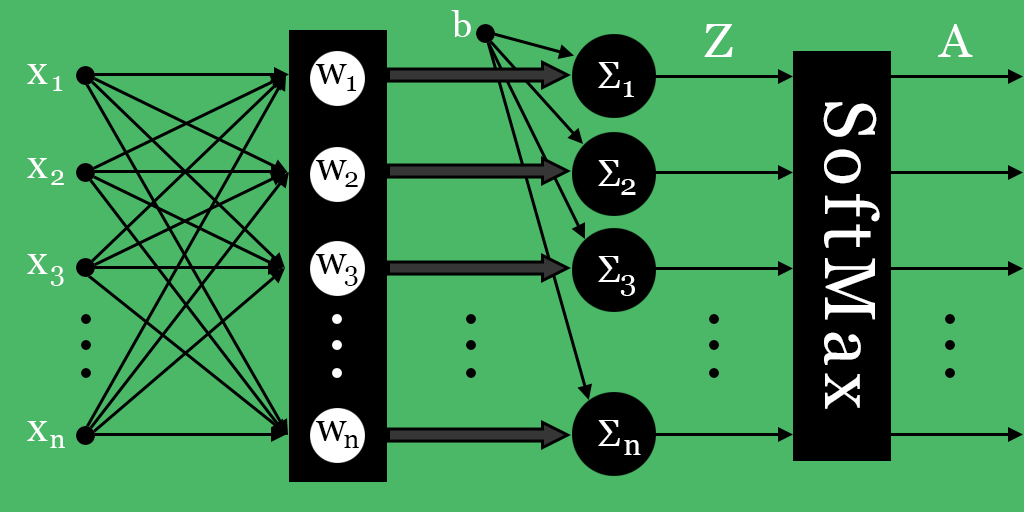In [4]:
fig, AX = plt.subplots(3, 6, sharex=True, sharey=True)
np.random.seed(1234)
for ax in AX.ravel():
rindex = np.random.randint(Y_train.size)
ax.imshow(X_train[rindex])
# title label + one-hot
title = '{} :: '.format(Y_train[rindex])
title += ''.join([str(int(e)) for e in y_train_oh[rindex]])
ax.set_title(title)
plt.grid(False)
